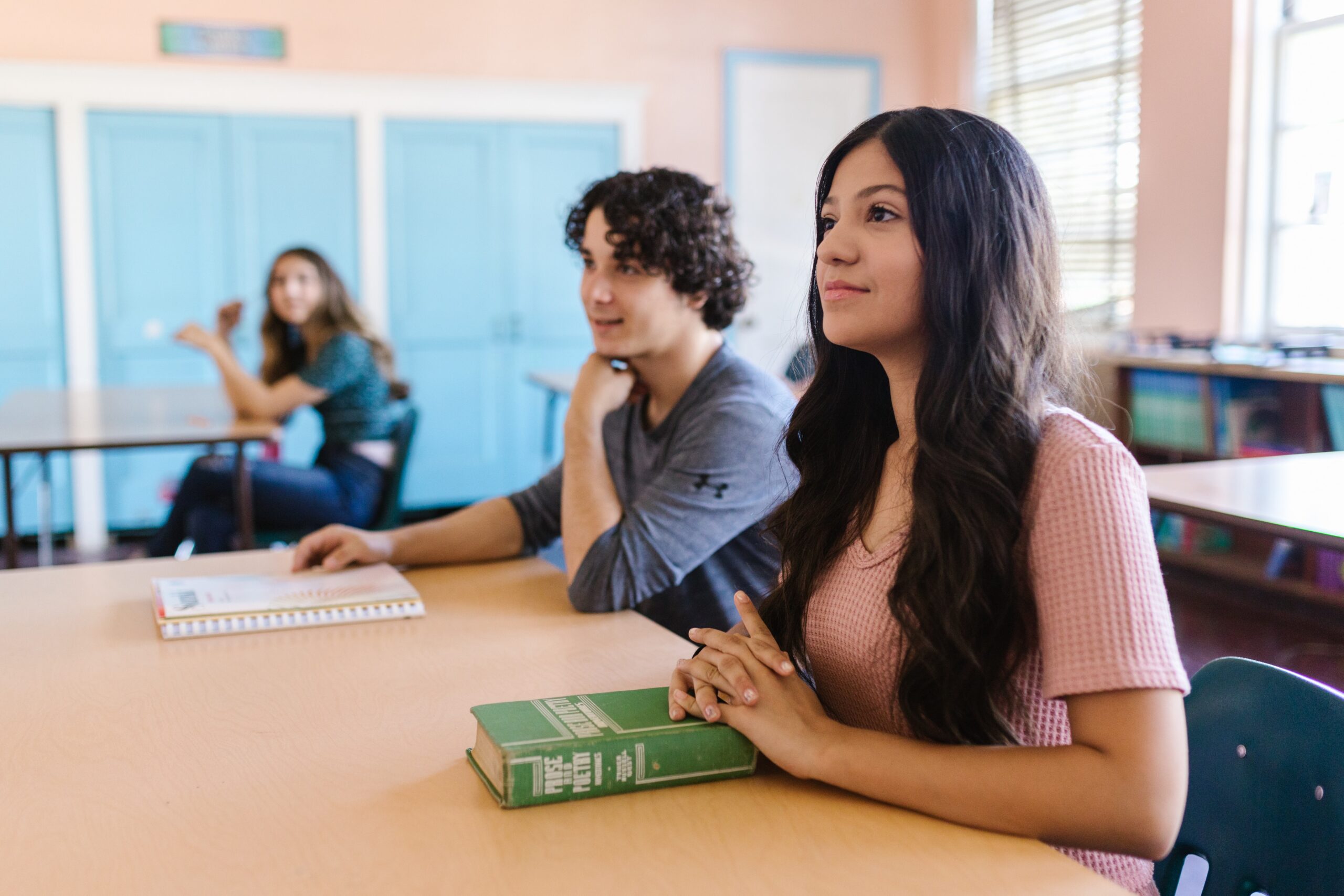
Three Strategies to Help Teachers Recover Their Joy
By Andrew McPeak
Today’s blog is an excerpt from the upcoming book, “Ready for Real Life.” You can order “Ready for Real Life” by Andrew McPeak today by clicking here.
Several months ago, I heard the story of Kiffany Cody. Cody is a special-education teacher in Gwinnett County, Georgia, near where I live, and she faced many challenges during the pandemic like so many teachers. She even took a leave of absence due to stress and concern for her personal safety. Now, though, Cody is back in the classroom for a very specific reason.
“I’m really, really, really passionate about the kids,” she says. “We’re trying to work within the system to do what we can to help the students. We can leave and find jobs in other districts and industries, but at the end of the day, the kids can’t go anywhere.”
Cody is part of a wave of educators who believe in what they are doing, but who are quickly running out of the will to keep going. Though educational institutions were not hit by the so-called “Great Resignation” as much as other fields, there are still troubles on the horizon.
Schools are starting to report greater numbers of teacher absences. And when those teachers are absent, “77 percent of public schools report that it has been more difficult to find substitute teachers during the 2021–22 school year compared to years prior to the pandemic.” Despite these great challenges in the day-to-day functioning of schools, there is an even bigger problem on the horizon — as teachers retire and even leave their posts, there are fewer and fewer young teachers preparing to take their place. According to the department of education, between 2011 and 2021, students graduating with new undergraduate degrees in the field of education have dropped by 14 percent.
With all of these statistics in the front of our minds, it would seem like we are on the cusp of a crisis. For many schools, this is true. Still, in other districts in some states, schools report that things are going well. In these schools, the stress, frustration, and lack of resources are not leading to a mass departure. But why?
I believe Kiffany Cody is thriving still as an educator because she has been able to stay in touch with her “why.” If the students are the reason she stepped into this profession in the first place, they are also going to be the reason she stays. Cody understands the hardest truth of being an educator today: there is no pay structure or educational policy that is going to help you find joy in your work. To find joy in the everyday leadership of students, you must learn to remain in touch with your why.
How Great Educators Hold on to Their Why
So, how do the greatest educators keep their head up in difficult times? I want to give you some advice. While I have not put in dozens of years in the classroom, I have had the honor and privilege of spending quality time with some of the most ardent, faithful, and successful educators in the country. I’d like to share with you some of what I observed in my time with them. Here are three practices you can try to hold on to your why.
Practice #1: Interview your twenty-something self.
This is especially important advice for those who are well into their career as a leader of the next generation. To get in touch with your why, I recommend you “interview” your early adult self. The goal here is to ask yourself why you chose this path. You can read old papers, journals, or cover letters, or you could ask those who knew you back then. You can talk to those who first hired you or worked with you in your earliest years. In each of these cases, I would ask you to answer a few questions:
- What was my primary reason for pursuing this profession?
- How would I have defined the “ideal” educator?
- How would I have defined a “successful” career?
I hope as you interview yourself that you find a great deal of reassurance in this truth: you are likely already succeeding as an educator. Most of us just need to be reminded we are on the right track.
Practice #2: Take time to build social and emotional skills.
In the wake of the pandemic, frustration and anger are common. Teachers seem less able to deal with stressors they were once able to easily manage. Part of the answer is that we must — as the old saying goes — “practice what we are preaching.” So, let me ask you a genuine question: how well are you practicing the big five social and emotional skills?
- Do you possess a well-grounded sense of self-awareness?
- Are you practicing self-management over even the small details of your life?
- Do you have a set of values that help you make responsible decisions?
- How well are you managing the most important relationships in your life?
- Do you struggle to empathize and relate to others who are different from you?
If any of these questions gave you pause, I recommend working to further build these soft skills in your life.
Practice #3: Put relationships with students at the forefront.
One of the biggest mistakes teachers can make today is to see their role one-dimensionally. The most important role educators and leaders will play in a world full of ubiquitous information, high-speed access to entertainment, and constantly shifting social media trends is not as a provider of information, but rather as a creative guide. Generation Z has information. What far too many of them don’t have is an adult who knows them and genuinely cares for their well-being.
The most important resource you can give to your students is… yourself — your wisdom, your experience, your advice, and your encouragement. I challenge you to genuinely ask yourself: am I creating opportunities for genuine connection with my students?
Dr. Adam Saenz likes to say it this way: “Adults are a living intervention for the young people around them.” There is no program, curriculum, or speaker who can replace a teacher who is modeling the way.
Take a moment and answer this question in the comments below: Which of the suggested actions above are most relevant to your current situation?
This blog was an excerpt from Andrew McPeak’s upcoming book: “Ready for Real Life.” “Ready for Real Life” defines the five core soft skills all students need. Using compelling stories and practical ideas, this book shows how these five skills, though timeless in human history, are still relevant in the 21st century. On April 18th, 2023 we will be hosting a webinar launch featuring a Q&A with Andrew McPeak himself. Get your tickets today for free by clicking here.






